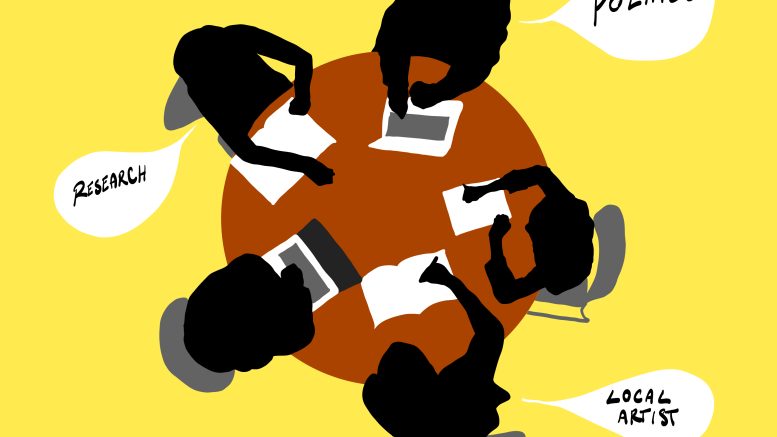I grew up interacting with print journalism, but I also witnessed the booming popularity digital media received in a matter of a few years. Many have wondered whether digital journalism will turn print into an obsolete form of news consumption. Since the start of the global pandemic, print journalism has taken an even larger backseat to its digital counterpart than it had previously, but I hope both print and digital forms of journalism will coexist despite the seemingly popular acceptance of the latter.
Publicly funded papers like the Manitoban offer news to their readers without a paywall. Readers can pick up a free copy of the print edition or read the paper online any time.
Unlike other sources of information for our university students like UM Today or UMSU’s news content on its website, the Manitoban, as an independent publication, holds institutions accountable and gives voice to the students’ needs and concerns.
The balance between print journalism and digital information is most important for student journalism. Our readers might pick up the week’s issue from one of the stands on campus, but when classes were online, international students like me relied on the digital issue for news. The Manitoban’s updates on the 2021 faculty strike made important information available and accessible to all.
Journalism as a discipline is important, but student journalism plays a significant role on campus by building community and making information accessible to students. By being part of the ’Toban team, I have not only honed my writing skills but also found kinship with my fellow team members.
That opportunity is available to everyone in the university. Even if you do not want to work at the ’Toban, you can submit volunteer pieces and contribute to the conversations around you.
And that is important, because in a day and age where information sharing is constantly tampered with by many external sources, getting a platform to raise your voice becomes a necessity.
The use of artificial intelligence (AI) in photos, videos and news has been the topic of discussion for quite some time now. The discourse on the AI issue with Kate, Princess of Wales, and Meta’s news ban in Canada are two of the recent examples of the threat of disinformation spreading.
There have also been instances in the Manitoban’s history when the paper’s truth-seeking abilities have been threatened.
In 2018, Commerce Students’ Association representative Cole Parsons introduced a motion to hold a referendum on defunding the Manitoban. The students, faculty and other readers of the newspaper acted promptly. They came forward to defend the paper, and the motion was withdrawn.
Student journalism can be potentially threatened by people in power who do not take into account the value of community and the paper’s role in holding institutions to account.
In the last academic year, we have reported news on matters important at provincial, national and international levels. The research & technology, arts & culture and sports sections have reported on matters that pertain to the students, faculty members and other readers. I worked as a columnist at the Manitoban in its 110th publishing year, and the section has published opinion pieces on topics ranging from public transportation and education to gender equality and capitalism.
As we witness the humanitarian crisis in Palestine, human rights violations in the Democratic Republic of Congo and the rise of far-right leadership around the world, it has become all the more important for us to keep our ears to the ground and amplify the voices of those in need.
This is my last column as a columnist at the Manitoban. I’m honoured to have been a part of the paper, and this experience has taught me a lot. I value the relationships I developed by working at the Manitoban, and I’m thankful to my team members who offered me guidance, support and, most importantly, friendship.





